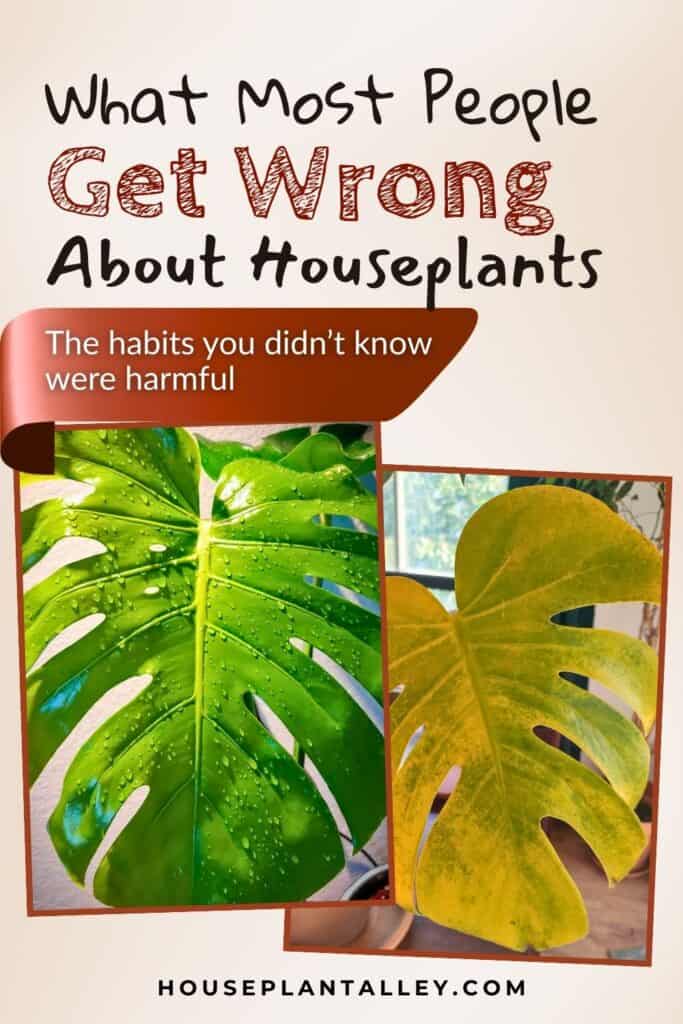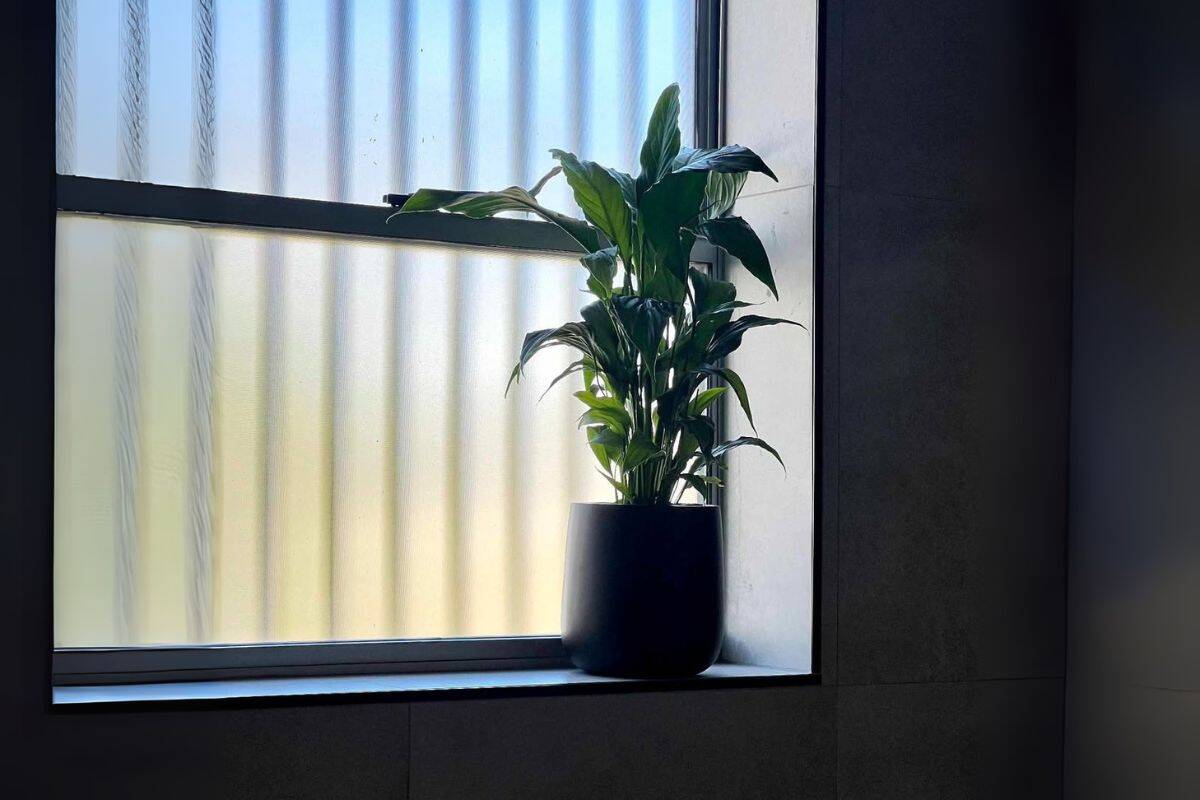You’ve probably heard countless tips about caring for your houseplants, but many common beliefs are actually myths that could harm your green friends. From the misconception that misting creates lasting humidity to the idea that all plants need annual repotting, these widespread falsehoods can lead to struggling plants. Dr. Sarah Chen, botanist at Cornell University, notes that “understanding the science behind plant care helps dispel these damaging myths.” Let’s examine what really works for ideal plant health.

Contents
The Truth About Misting Your Plants
While misting houseplants might seem like a helpful way to increase humidity, this common practice actually provides little benefit to your indoor plants. The moisture from misting techniques disperses quickly, lasting only a few minutes before evaporating, and can even lead to fungal problems on leaves.
Instead of misting, try these humidity alternatives that actually work:
- Place a humidifier near your plants
- Set up pebble trays filled with water beneath pots
- Group plants together to create humidity pockets
- Choose naturally humid rooms like bathrooms
- Monitor humidity levels with a hygrometer to maintain above 40%
Low Light Plants: What You Need to Know

Most houseplants marketed as “low light” varieties can’t actually thrive without some natural sunlight for photosynthesis and healthy growth. While certain plants tolerate lower light conditions better than others, placing them in dark corners will eventually lead to plant stress and decline.
To meet your plants’ light requirements:
- Position plants within 5-10 feet of bright windows
- Rotate plants quarterly to guarantee even growth
- Use a light meter to measure actual light levels
- Consider supplemental grow lights for darker spaces
- Move plants outdoors occasionally for light exposure
Remember: Even shade-tolerant plants need some natural light to survive long-term.
The Annual Repotting Misconception
Many gardeners religiously repot their houseplants every spring, but this common practice isn’t always necessary or beneficial for plant health.
Instead of following a strict annual schedule, you’ll want to monitor your plants for signs they need repotting. Watch for roots growing through drainage holes, slowed growth, or soil that dries out quickly. The ideal repotting frequency varies by species and growth rate.
When you do repot, focus on root health by choosing a container just one size larger than the current pot. Some plants thrive for years in the same container with regular soil rejuvenation and proper care.
Why Bigger Pots Aren’t Always Better
You might think putting your houseplant in a larger pot will help it grow bigger, but that assumption can backfire. When pot size is too large, plants focus their energy on developing roots rather than producing new leaves and stems.
Oversized containers also retain excess moisture, which can lead to poor root health and rot. Instead, choose a pot that’s just 1-2 inches wider than your plant’s current container. This gives roots enough space to grow while maintaining the slight confinement they prefer.
“Plants actually thrive when their roots are somewhat restricted,” explains botanist Dr. Sarah Chen. “It promotes balanced, healthy growth.”
Fertilizer: Not the Magic Solution
While reaching for fertilizer might seem like an easy fix for a struggling houseplant, adding nutrients won’t solve underlying problems with light, water, or environmental conditions. One of the biggest fertilizer myths is that it’s a cure-all for poor growth.
Before adding any fertilizer, check these essential factors:
- Light exposure and intensity
- Watering frequency and drainage
- Temperature and humidity levels
- Signs of pests or disease
Proper nutrient management starts with addressing environmental basics. If your plant shows yellowing leaves or slow growth, first evaluate its growing conditions. Only add fertilizer when you’re confident these fundamentals are met.
Air Purification: Separating Fact From Fiction
Though houseplants can brighten a room and boost your mood, their ability to purify indoor air has been greatly exaggerated. While the famous NASA study showed some plant benefits in small, controlled chambers, your home’s larger air volume makes significant purification unlikely.
Don’t expect your indoor gardening efforts to replace an air purifier. Research shows you’d need hundreds of plants in a small space to match the air-cleaning power of modern filtration systems. Instead, focus on plants’ proven benefits: they add beauty, create a natural atmosphere, and can improve your well-being through their presence alone.
Common Plant Care Mistakes and Solutions
Despite good intentions, many indoor gardeners make common mistakes that can prevent their houseplants from thriving to their full potential. Regular misting won’t maintain adequate plant moisture, and choosing oversized pots doesn’t guarantee growth stimulation. Instead:
- Use a humidifier for consistent moisture levels
- Select pots just 1-2 inches larger than the current one
- Monitor light conditions with a meter
- Wait for clear signs before repotting
- Check soil moisture before watering
Remember that healthy plants need balanced care – not excessive interventions. Focus on providing stable growing conditions rather than quick fixes or following outdated advice.
